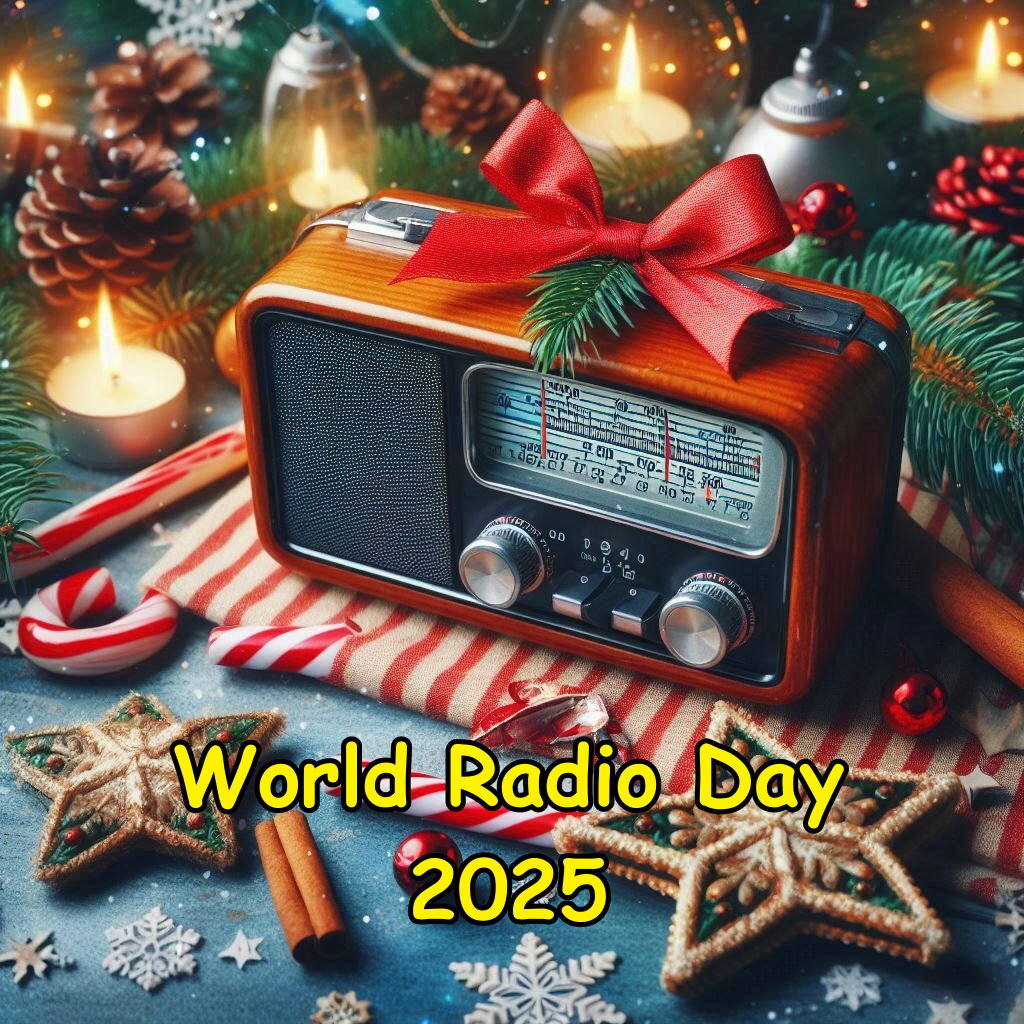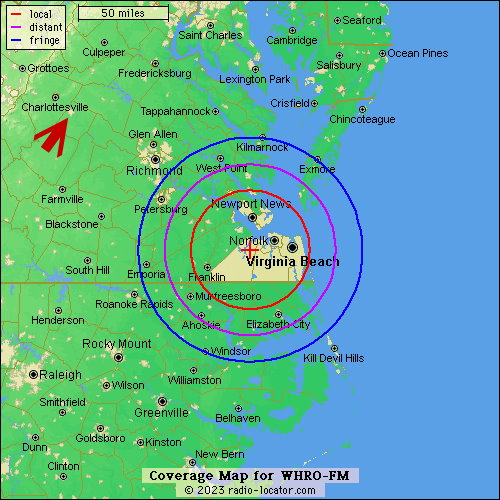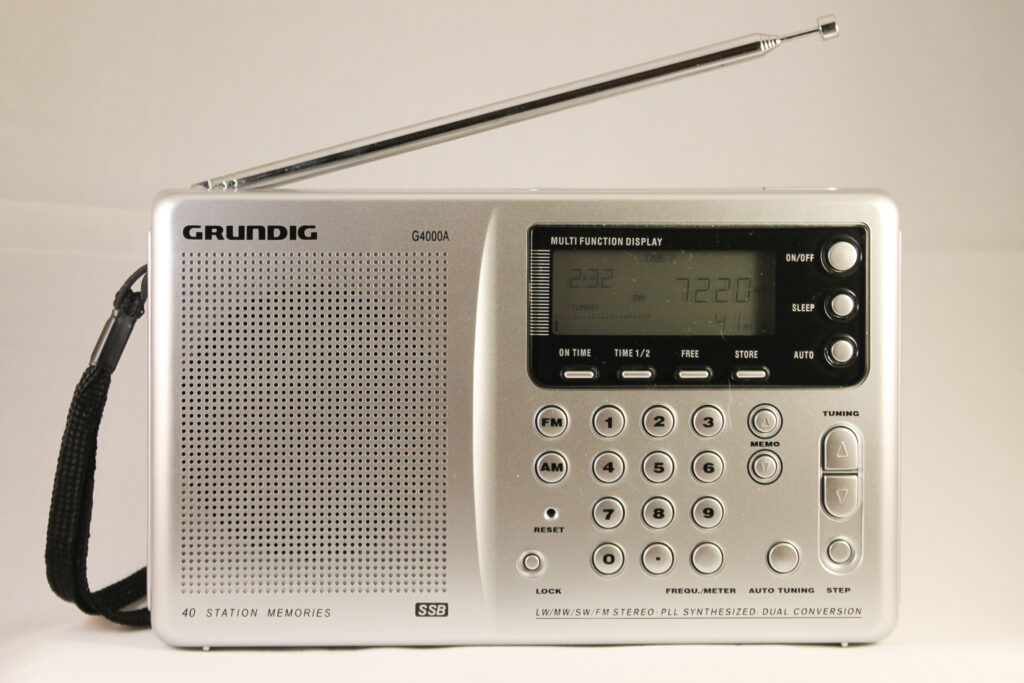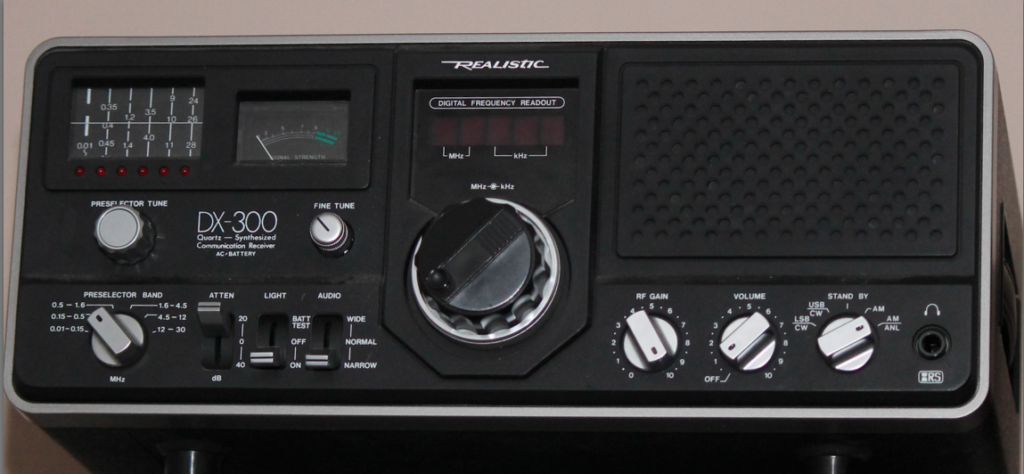In preparation for my upcoming article on “The Best Portable Shortwave Radios for 2025,” I asked Microsoft Copilot AI to consider a list of radios I’ve not personally used. It responded and in is confusion added a radio I didn’t ask about, the Tecsun PL-990.
Caution: sometimes Copilot is flat wrong (like saying the PL-990 has air band or that the C Crane Skywave SSB 2 has no antenna jack). Copilot found a number of mistakes when I asked it to fact check its own output. Below are its revised versions. Independent verification of the AI content is always prudent.
Sangean ATS-909X2
Overview:
The Sangean ATS-909X2 is the flagship model from Sangean, renowned for its exceptional reception and extensive feature set. It’s a favorite among serious shortwave listeners and radio enthusiasts.
Key Features:
- Band Coverage: AM, FM, Longwave (LW), Shortwave (SW), and Single Side Band (SSB)
- Display: Large, easy-to-read color LCD with customizable backlighting
- Memory Presets: 1,674 memory channels organized into 24 memory pages
- Tuning Methods: Auto scan, manual tuning, direct frequency entry, and rotary knob
- Audio Quality: 3W speaker with bass and treble controls for enhanced sound
- External Antenna Jack: Yes, for both AM and FM/SW bands
- Additional Features: Dual conversion, ATS (Auto Tuning System), alarm clock, sleep timer, and adjustable bandwidth filters
Pros:
- Exceptional Reception: Equipped with advanced circuitry for superior sensitivity and selectivity
- Robust Build Quality: Solid construction with a premium feel
- Comprehensive Features: Offers extensive memory presets and tuning options
- User-Friendly Interface: Intuitive menu system and controls
- Enhanced Audio: Customizable sound settings for optimal listening experience





